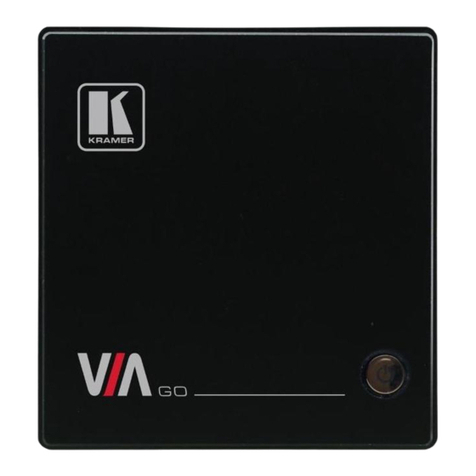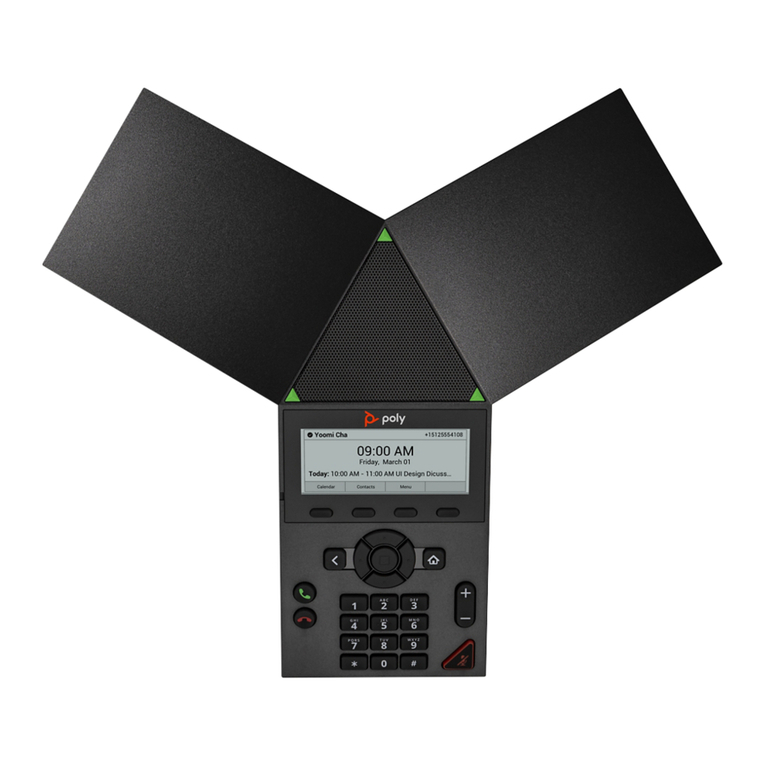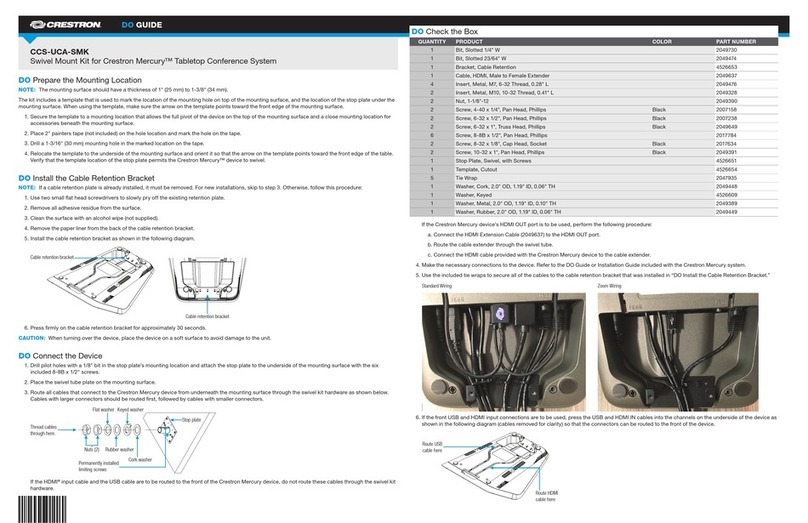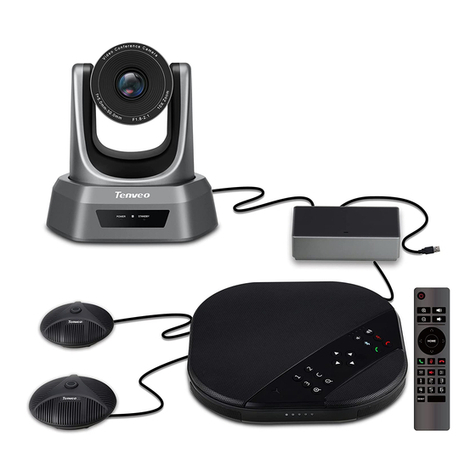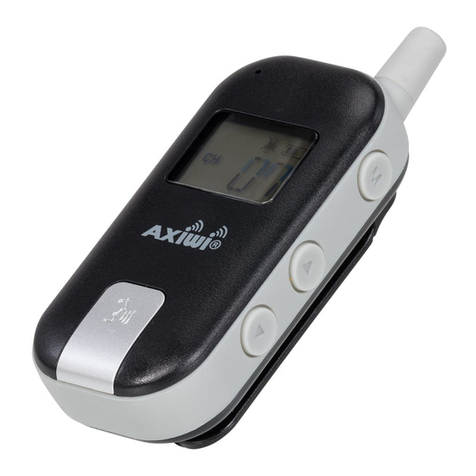
B.link
Manual
3 / 32 v.1.1 © 2014 basalte
1. Introduction
The B.link solution offers a flexible wa to integrate an Audio / Video (A/V) device in a KNX
s stem. Surround receivers, CD pla ers, tuners or digital set top boxes, all become part of the
Asano s stem.
The B.link offers the following KN integration features:
• An Infrared or Serial RS-232 device can be controlled from KNX, using the B.link in
combination with the B.link Flex modules. The B.link Flex modules receive the instructions
from B.link over IP and convert them into IR or Serial signals.
• A/V surround receivers can be integrated directl over IP. With B.link, power on/off, source
selection and volume control with full feedback can be controlled with KNX commands.
B.link directl supports network enabled receivers from Pioneer, Marantz and Denon.
• B.link can also send KNX commands, which can be used in macros and allows to convert
between KNX Data t pes (eg. 1 bit to 1 b tes value).
• B.link allows ou to create macros that include sending out KNX-commands in combination
with IR and serial instructions. These macros make it possible to create powerful scenarios.
One B.link can be connected to 16 B.link Flex modules over IP, with each module able to control
either 3 IR or 1 serial device. In addition to the 16 B.link Flex modules, the B.link can also connect
to 3 A/V surround receives
1
directl over IP.
The B.link uses ETS for configuring the following settings:
• IP networking parameters
• A/V Surround receivers controlled directl over IP (maximum 3 receivers)
• Input objects, used to trigger one or a sequence of IR, Serial or KNX commands
o 50 1-bit input objects
o 50 1-b te input objects
o 20 4-bit input objects
• Output objects, used to integrate KNX command in scenarios (eg. Scene selection, blinds
control):
o 50 1-bit output objects
o 50 1-b te output objects
o 5 14-b te output objects
In addition to ETS, the powerful B.link Configuration software allows to configure the
integration with IR and serial devices through the B.link Flex modules. The B.link tool also
simplifies definition of scenarios b creating macros sending out a sequence of IR, serial and KNX
instructions.
1
Currentl support for Pioneer, Marantz and Denon
